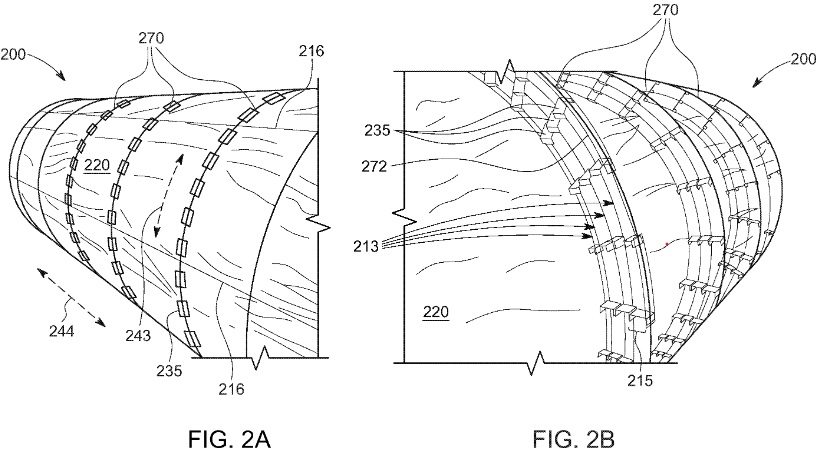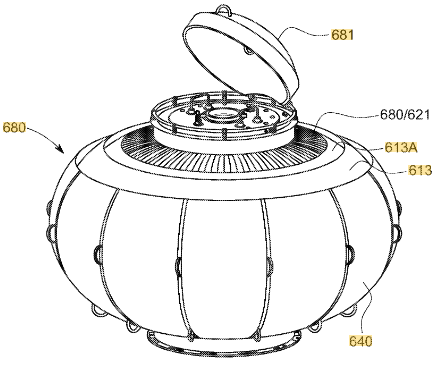Space exploration has always pushed the boundaries of human innovation, requiring advanced technologies to ensure the safety and success of missions beyond Earth. A significant challenge is developing habitats that are lightweight yet protective. Current structures, like the International Space Station (ISS), are limited by their launch size. A promising solution is the concept of expandable habitats, which can be compactly stored for launch and then expanded in space, maximizing both living space and protection.
Max Space, in partnership with Thin Red Line Aerospace (TRLA), is pioneering the development of expandable space habitats, with the first mission set for a SpaceX Falcon 9 launch in 2026.
Credits: Max Space
Innovations behind Inflatable Space Habitat
A recent patent by Thin Red Line Aerospace, US11724833B2 titled Expandable systems for space, outlines innovative features and advantages of these expandable structures, which are poised to play a crucial role in future space exploration missions.

FIG. 2B shows illustrations of the expandable protective system in its distended state;

(Right)The inflated prototype with a Thin Red Line employee inside. Image Credits: Max Space

680 pictured in the figure
is an inflatable airlock to support astronaut Extra-Vehicular Activity (EVA) by means of the pictured EVA hatch
Key Features of the Expandable Shell System:
This patent claims to have the following features:
Multi-Layer Insulation (MLI): The system incorporates multiple expandable layers that provide near-perfect insulation. This protects the habitat and stored cryogenic materials from the extreme temperatures of space.
Debris and Radiation Protection: Serves as a shield against micrometeoroids and space debris, which can inflict serious damage during long-duration missions. Additionally, these layers provide essential radiation protection, safeguarding astronauts from harmful cosmic rays and solar radiation.
Expandable Design: This system is compact during launch, closely fitting the shape of parent structures like cryogenic tanks or habitat modules. Once in space, it expands to form a larger protective shell, with tension connectors between layers ensuring optimal spacing for maximum protection.
Passive and Active Expansion Mechanisms: The system can expand passively due to reduced space pressure or actively through gas reservoirs or mechanical systems. This flexibility allows for effective deployment in diverse environments, from low Earth orbit to deep space missions.
Advanced Materials: The system utilizes cutting-edge materials such as NEXTEL, ZYLON, and TECHNORA for its outer layers, designed to endure high temperatures and mechanical stresses. These advanced materials are crucial for ensuring the habitat’s durability and effectiveness in the harsh conditions of space.
Comparison with Genesis I and II:
Genesis Modules: The Genesis I and II modules were designed to test the basic concept of inflatable habitats, focusing on their ability to expand and maintain structural integrity in space. They were primarily proof-of-concept missions and did not include the advanced materials or debris protection systems described in the patent.
Advancements: The patent represents a significant evolution, incorporating high-tech materials, advanced thermal management, and integrated debris protection, which are crucial for long-duration missions and deep space exploration.
Which companies are developing technology for expandable space systems?
Companies like Sierra Space, Lockheed Martin and ILC Dover are actively testing and refining inflatable designs, with successful burst tests demonstrating their resilience and scalability.
These advancements not only enhance the feasibility of long-term missions to the Moon and Mars but also pave the way for commercial applications in low Earth orbit.
Insights by Harsha Sharma
Need to know anything else? We got you covered!


